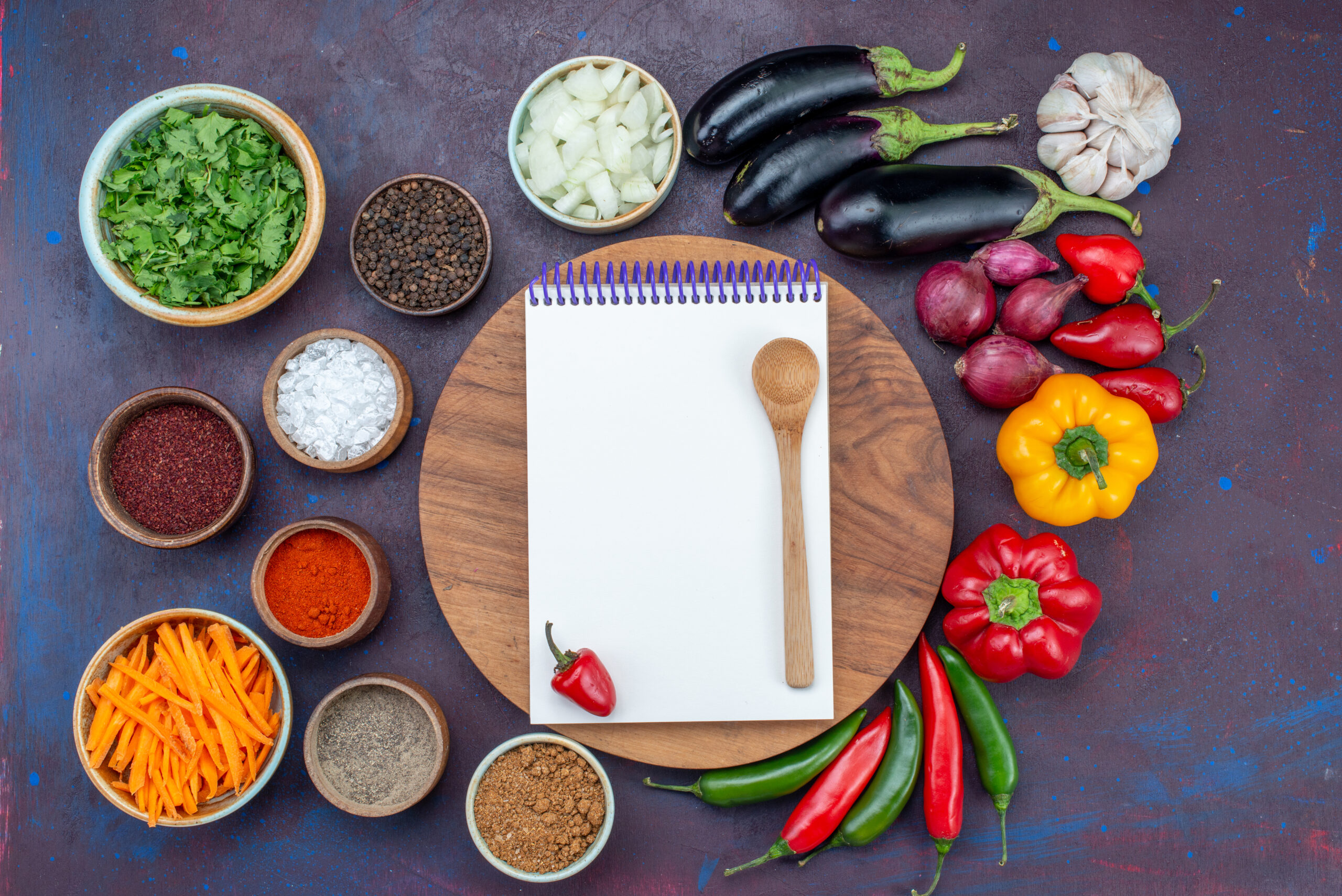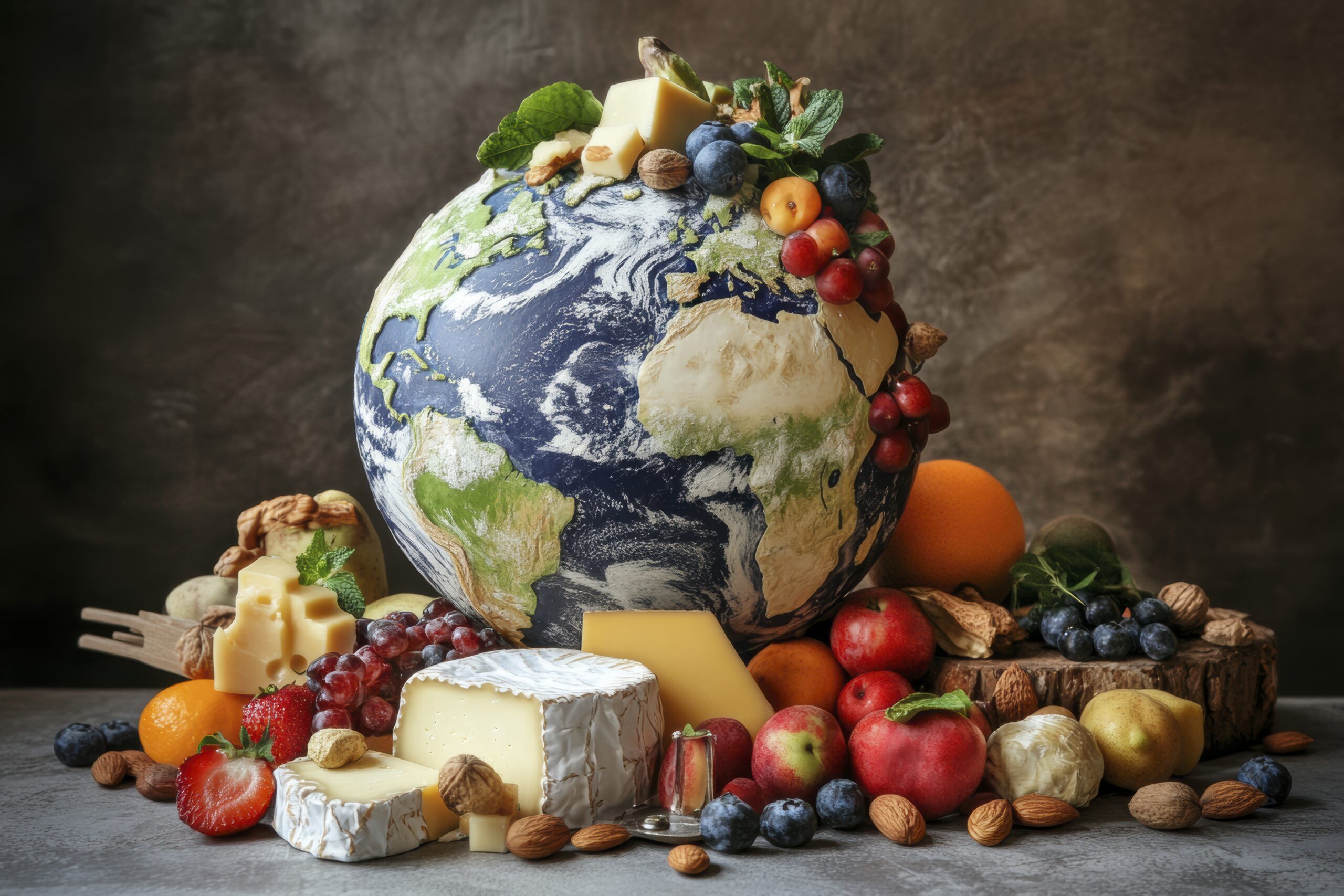A comprehensive guide to international spices and ingredients includes exploring their diverse flavors, aromas, and global uses, from the warm, nutty notes of cumin and the sweet aroma of cinnamon to the pungent depth of turmeric and the complex blends like garam masala. Spices like coriander and fennel add warmth and depth to various dishes, while blends such as Chinese 5 Spice and Ras el Hanout provide complex flavor profiles for specific cuisines. Understanding the different forms, such as whole seeds or powders, and learning to toast them can enhance their flavors, transforming simple ingredients into culinary masterpieces.
Common Spices and Their Uses
-
A staple spice with a sharp, nutty flavor, often used in taco seasonings, spice blends, and with chickpeas and rice.
-
Adds flavor and aroma to both sweet and savory dishes and is available in bark and powdered forms.
-
Known for its vibrant color, it adds depth and aroma to many dishes.
-
Adds warmth and depth to both Indian and European dishes, working well whole or ground.
-
A versatile spice that provides a warm, licorice-like flavor to various cuisines.
Global Spice Blends
-
A popular Indian spice blend that adds warmth and complexity to curries and other dishes.
-
A blend of star anise, cloves, Chinese cinnamon, Sichuan pepper, and fennel seeds, creating a distinct flavor for Asian cuisine.
-
A Moroccan spice blend with a complex profile, often including ingredients like cumin, coriander, and other aromatic spices.
-
A Middle Eastern blend featuring thyme, marjoram, oregano, and toasted sesame seeds, with a savory and tangy flavor.
Tips for Using Spices
-
Toast Spices:Toasting whole spices, like cumin seeds, in a dry skillet before grinding them can significantly enhance their flavor.
-
Understand Forms:Spices are available as whole seeds, ground powders, or even bark (like cinnamon).
-
Explore Global Cuisine:Use spices to explore diverse culinary traditions, from the warm flavors of Indian curries to the complex profiles of Middle Eastern dishes.








